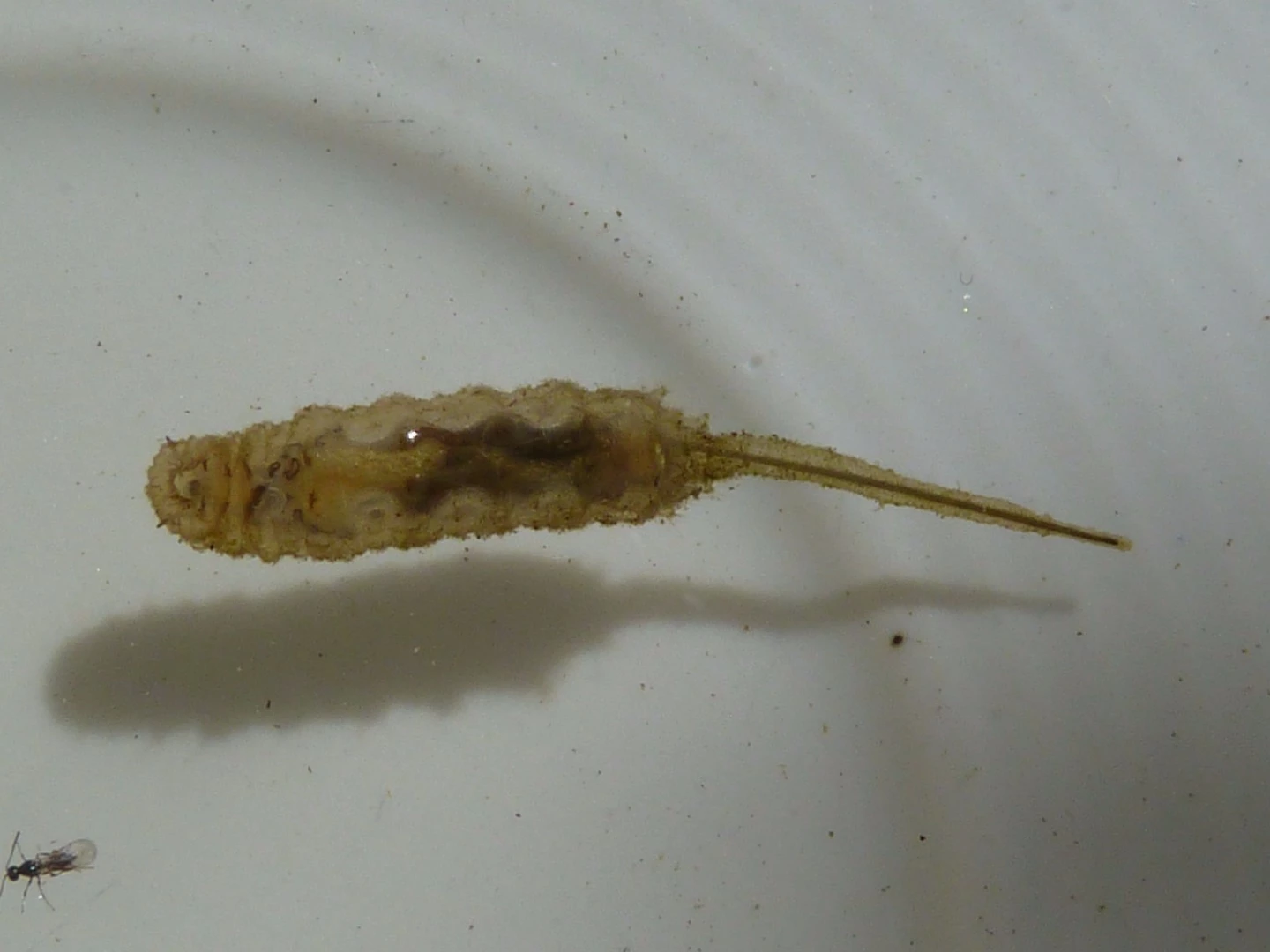Although maggots are closely associated with filth, they're actually remarkably resistant to infection from all the bacteria that surround them. A scientist from University College London now believes that he knows why this is the case, and he thinks that it could have applications in human technologies.
Using scanning and transmission electron microscopes, cell biologist Matthew Hayes examined rat-tailed maggots, which are the immature stage of the drone fly. The aquatic larvae take their name from their long tail-like appendages, which are actually tubes that they use to breathe while underwater.
Hayes discovered that the maggots' bodies are covered in thin spines or "nanopillars." Each one of these is made of tiny hollow-cored discs stacked in decreasing size, ultimately narrowing to a sharp point at the top.

Where these pillars are present, bacteria are absent, suggesting that they serve a purpose much like the spikes used to stop pigeons from roosting on window ledges. Additionally, it's possible that they also have superoleophobic (oil-repelling) properties, which keep bacterial biofilms from forming on the maggots' bodies.
It is now hoped that similar man-made structures could be applied to the surface of devices such as medical implants or surgical tools, to lessen the chances of infection.
A paper on the research was recently published in the Journal of Insect Science.
Source: Entomological Society of America




